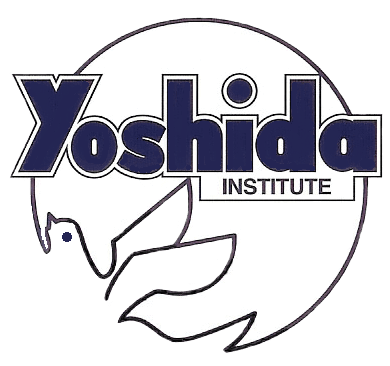For many students at Yoshida, their goal is to learn sufficient Japanese to be able to enter a Japanese university, college or technical school. At Yoshida we try and help students to understand better the requirements of the university or school they wish to enter and coach them to do well on the examinations required for entrance.
Most universities require students to take the Examination for Examination for Japanese University Admission for International Students (EJU). Technical schools require students to take the Japanese Language Proficiency Test (JLPT).
The proficiency test evaluates only a student’s ability to understand Japanese language while the entrance exam covers both language skills and specific subject knowledge. Students looking to gauge their progress in Japanese often use the proficiency test as a measure.
Students in our full-time courses prepare for the tests. With analyzed materials based on previous years, we can help you to achieve your goal. Each class will be arranged according to student’s knowledge. (For Intermediate and Advanced courses only.)
| Japanese National Examinations | ||||||
| JLPT(2018) | EJU(2018) | |||||
| Subjects | Japanese | Japanese,Science,Japan and World, Math |
||||
| Dates | 1. July 01, 2018 2. Dec. 02, 2018 |
1. June 17, 2018 2. Nov. 11, 2018 |
||||
| Deadlines | 1. April 25, 2018 2. Sept. 26, 2018 |
1. March 09, 2018 2. July 27, 2018 |
||||
| Location | 1. Japan, Asia and other 2. Worldwide |
Japan, Asia and Russia only (not administrated in China) |
||||
| Required? | Some technical schools | Universities and some colleges | ||||
Both tests are administered by the AIEJ, which maintains a website with extensive information on both the Japanese Language Proficiency Test and the Examination for Japanese University Admission for International Students (EJU). Many bookstores around Japan carry preparation materials used to study for these tests. In Tokyo, an ideal source of these materials is Bonjinsha, a bookstore dedicated to Japanese language study materials.
The Japanese Language Proficiency Test is a national Japanese language test and takes place twice a year in July and December. There are five versions of the test, from the beginning Level 5 (N5) through the advanced Level 1 (N1). Students in most Japanese language programs study material contained in the Level N3, Leve N4 and Level N5 tests, but the Level N2 and Level N1 tests are significantly more difficult because of the depth and breadth of material they cover. Students in our full-time courses prepare for the test once a week during the summer and twice a week in the fall.

The test itself is structured into three parts: language knowledge (60 points), listening (60 points), reading (60 points). The length of each section depends on the level — the higher the level, the longer the test. The number of kanji and the amount of vocabulary a student is expected to know also increases with each level:
The JLPT is offered in five levels (N1, N2, N3, N4, N5). Test items differ by level in order to closely measure one’s Japanese proficiency.
The old test through 2010 was offered in four levels (Level 1, Level 2, Level 3, Level 4). The new test offers N3, a new level between Level 2 and Level 3 in the old test. The increase in the number of test levels enables examinees to choose a more suitable level for them.
See “A summary of linguistic competence required for each level”
To enter into a Japanese university, students must take The Examination for Japanese University Admission for International Students, which is refered to as the EJU exam. This exam tests four subject areas, Japanese as a Foreign Language, Science (Physics, Chemistry, and Biology), Japan and the World, and Mathematics. Within the Science portion, candidates select two out of three disciplines and there are two levels of the Mathematics portion. The exact requirements vary depending upon the university a student considers. Students in the humanities and social sciences may not need to take the Science portion while some science students may be able to skip the society and history sections.






